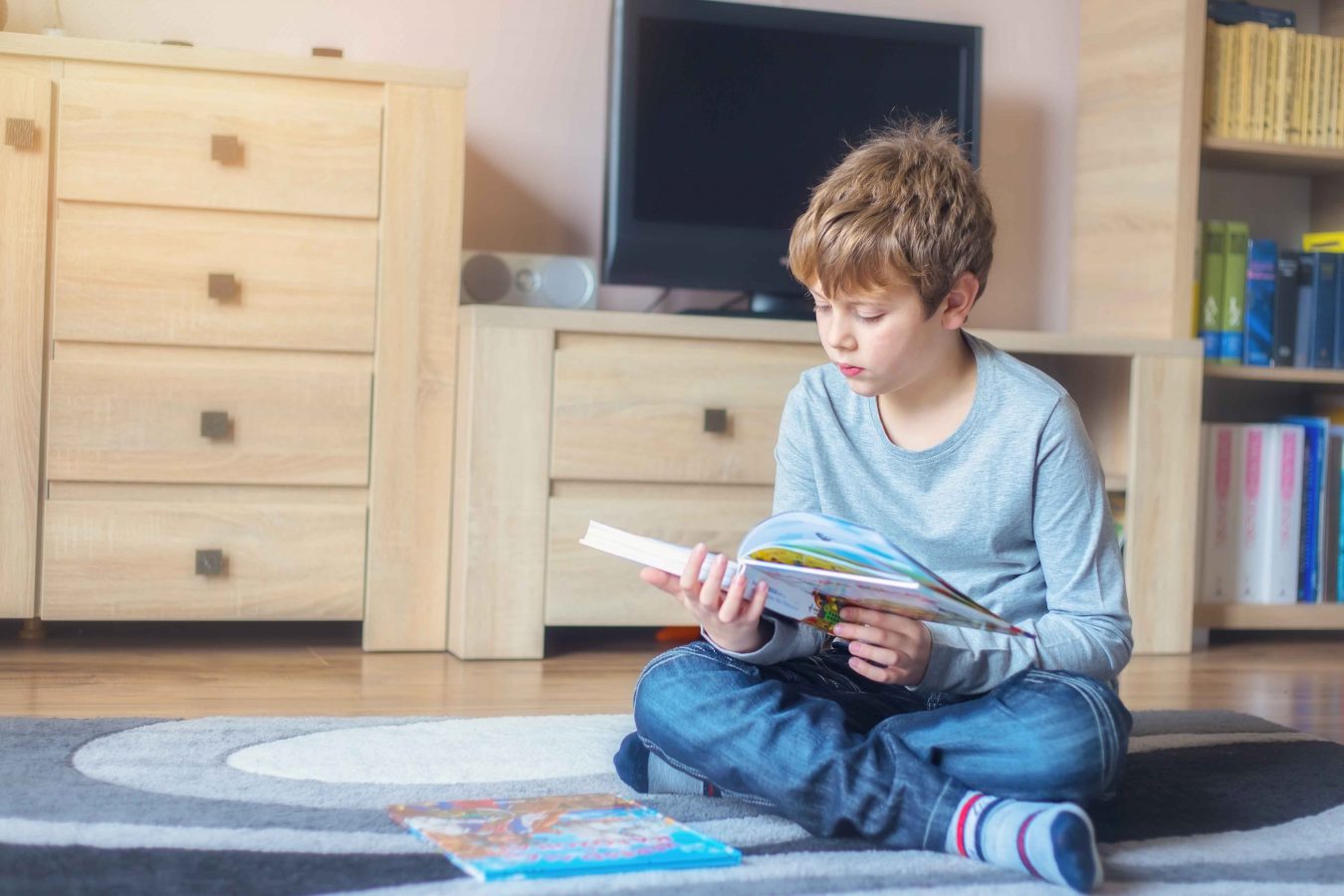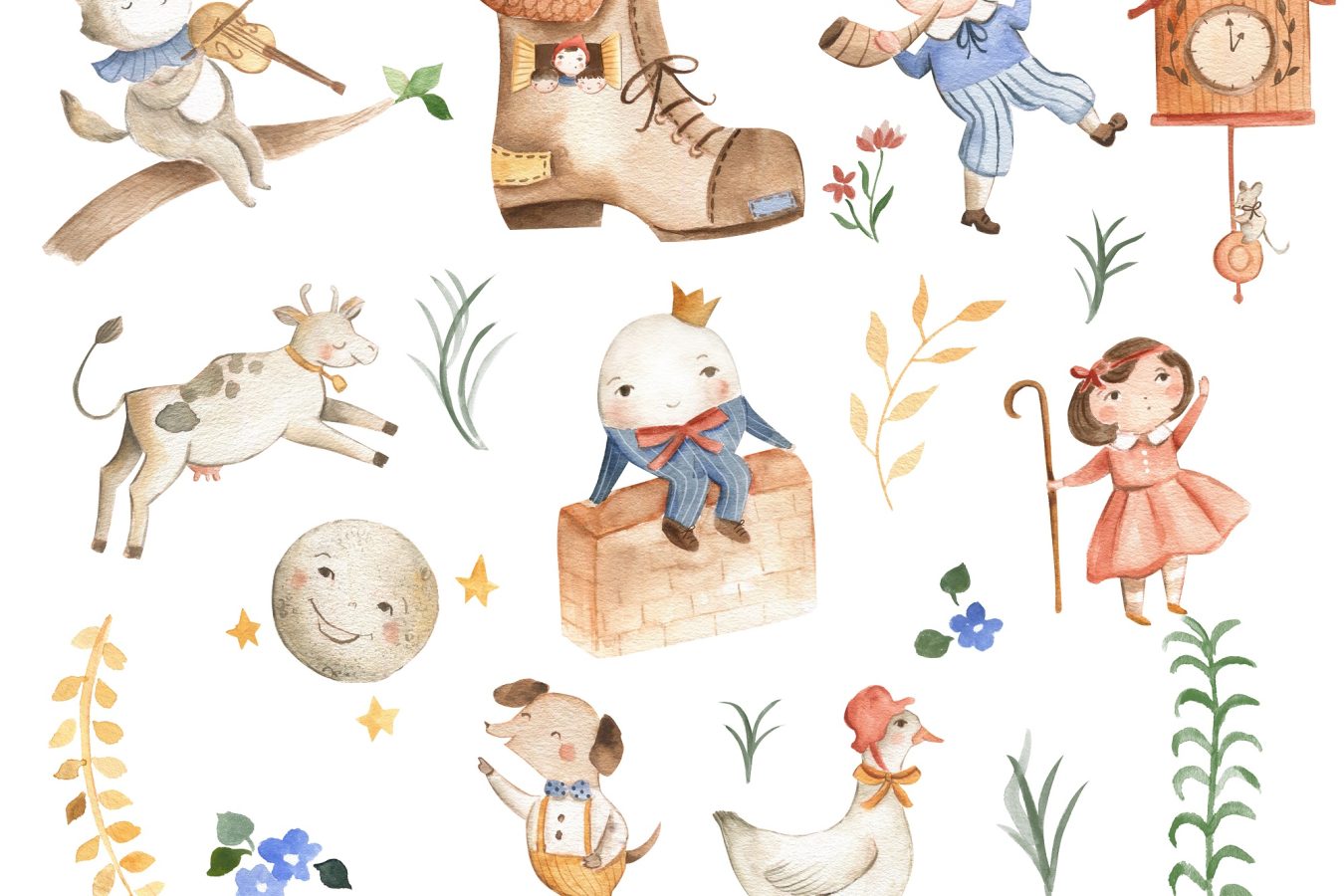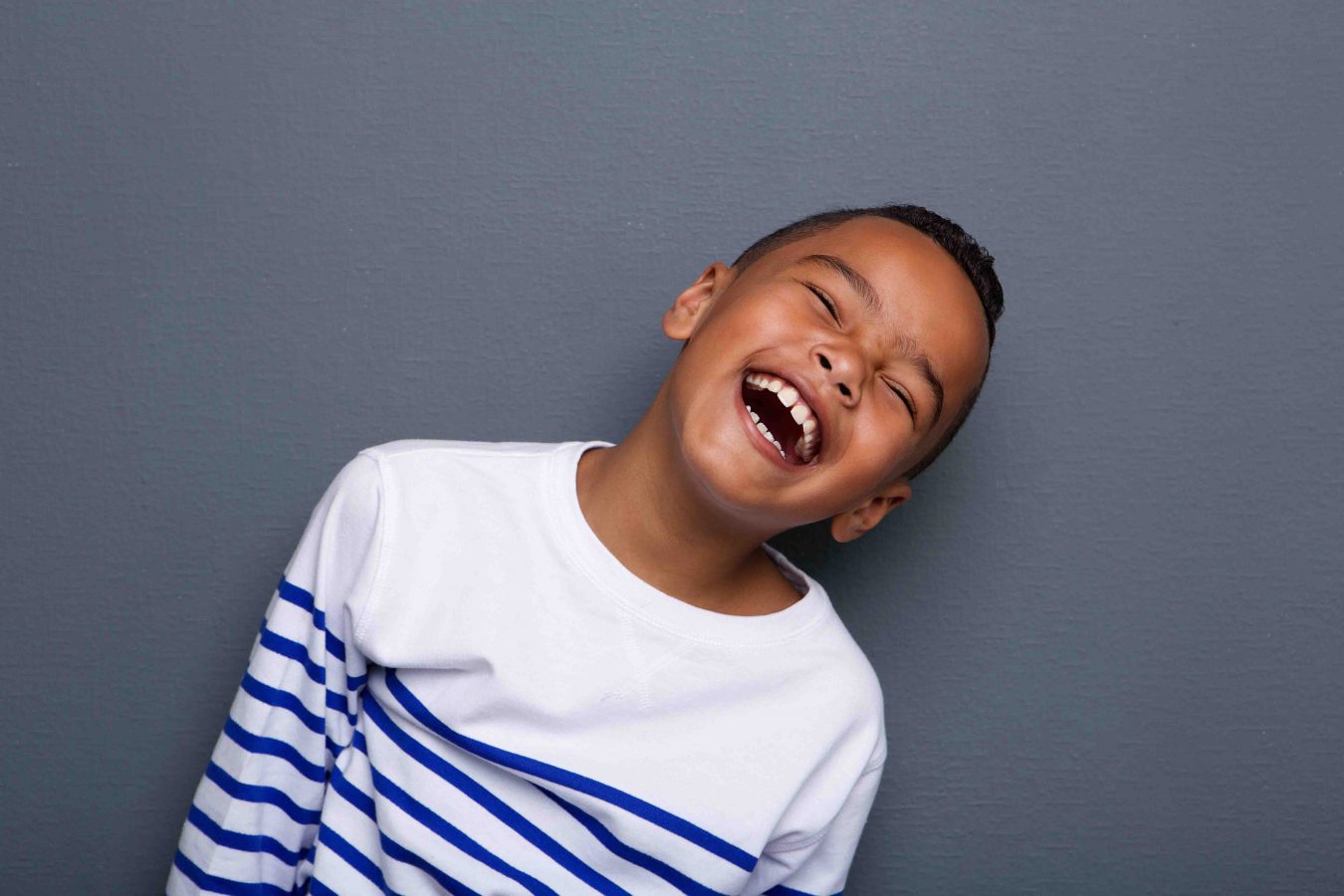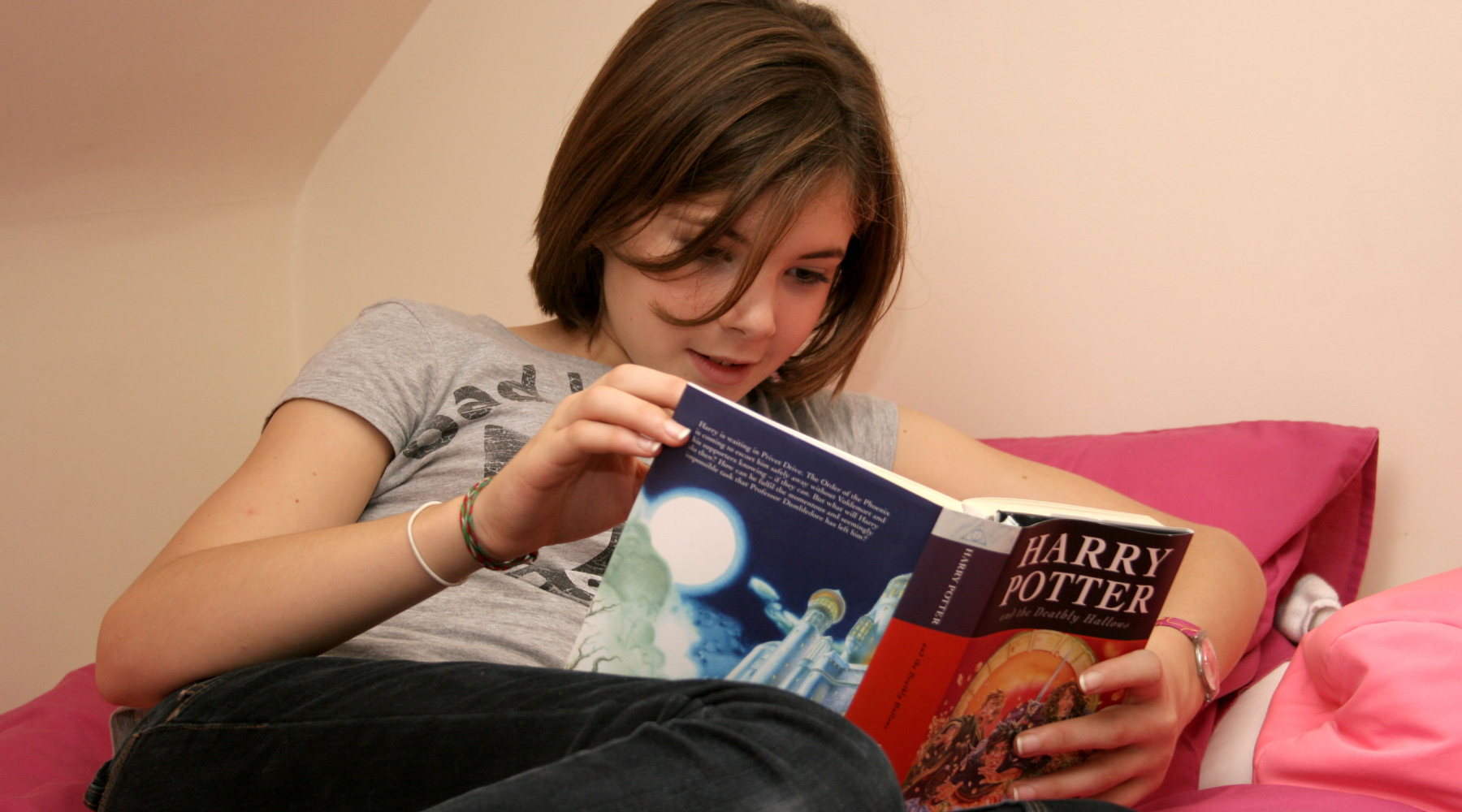
While ideas of family are changing, from Charles Dickens to Harry Potter, absent parents endure in children’s literature write Dr Eleanor Spencer-Regan and Dr Jade Dillon Craig.
The course of true (familial) love rarely runs smooth. Fairy tales may end with ‘happily ever after’, but they decidedly do not begin that way.
Fictional families, like families in real life, seem to be brittle and precarious things, prone to fracturing and fragmenting.
While there are obviously examples of happy, healthy heteronormative nuclear families in children’s literature from all decades – think of Judith Kerr’s Mog series or Johnny Duddle’s The Pirates Next Door – it is clear that from the mid-twentieth century onwards, authors of children’s and Young Adult (YA) literature have sought to reflect with greater verisimilitude the realities of family life in all its varied shapes and forms.
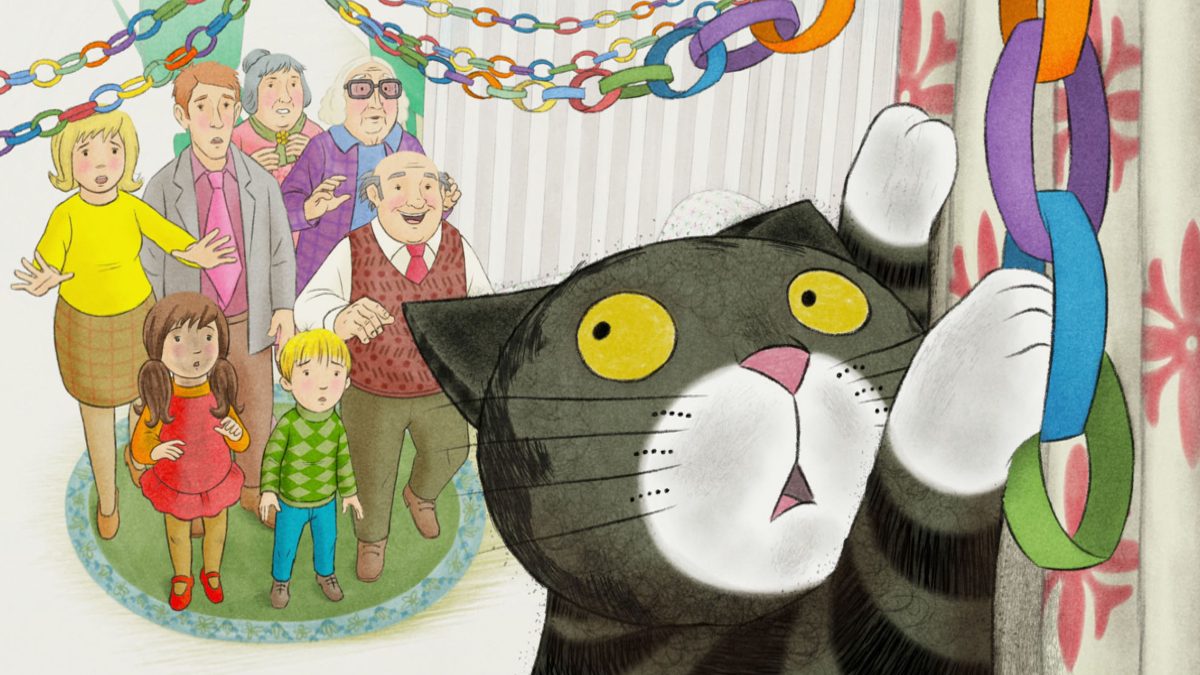
This evolution is explored in a new book we co-edited, Family in Children’s and Young Adult Literature.
But for most of the history of western children’s literature, only a narrow range of familial experiences was ‘reflected’ in children’s literature.
Readers became familiar with both the bourgeois ‘ideal’ of the white, heteronormative nuclear family and, conversely, the plight of the orphaned child.
The plucky orphan protagonist has been a stock character in children’s literature for centuries. Many of the canonical or ‘classic’ children’s stories focus on the trials and eventual triumphs of an orphaned (or at least bereaved) child, and the trope remains a popular one for contemporary authors, too.
Protagonists like Charles Dickens’ Oliver Twist, Rudyard Kipling’s Mowgli and L M Montgomery’s Anne of Green Gables have been followed in more recent years by Diana Wynne Jones’ Cat Chant, Lemony Snicket’s the Baudelaire children and Anthony Horowitz’s Alex Rider.
Why is the only good parent a dead parent?
Even in fantasy literature, it would stretch a reader’s credulity too far to expect them to believe that a parent would allow their child to cavort with wolves and bears in the jungle, work as a teenage spy for MI5, rob priceless artworks from the great museums of Europe or fight the most powerful dark wizard of the age.
Instead, parents must necessarily be either physically absent or, at the very least, emotionally distant. Often this imperative is achieved even before the story begins or in its very first pages.
There exists, then, a very practical understanding between authors and readers; parents must be disposed of, ideally swiftly and with no questions asked.
In Roald Dahl’s James and the Giant Peach (1961), for example, young James’ parents are dispatched with ruthless and comic summariness:
Then, one day, James’ mother and father went to London to do some shopping, and there a terrible thing happened. Both of them suddenly got eaten up (in full daylight, mind you, and on a crowded street) by an enormous angry rhinoceros which had escaped from the London Zoo.
The only good parent in some children’s literature, it seems, is a dead parent, preferably one that died long enough ago to allow any inconvenient grief work to have been satisfactorily completed by their unfortunate offspring.
In a 2010 article in Publishers Weekly, children’s book editor Leila Sales reported: ‘Dead parents are so much a part of middle-grade and teen fiction at this point, it’s not even the ‘in’ thing. It’s not ‘au courant’ or ‘en vogue’.
‘It’s just an accepted fact: kids in books are parentless.’
She decries the recourse to what she calls ‘The Ol’ Dead Dad Syndrome’ as ‘lazy writing’ and encourages authors to explore alternative ways of liberating child protagonists from parental supervision:
‘Set the book at boarding school, summer camp, or another parent-free zone. Create parents who are clueless or uninvolved, à la Harriet the Spy. Fade their role into the background’.
‘Write parents who actually have something to contribute to the story, who aren’t just a barrier between the kids and fun.’
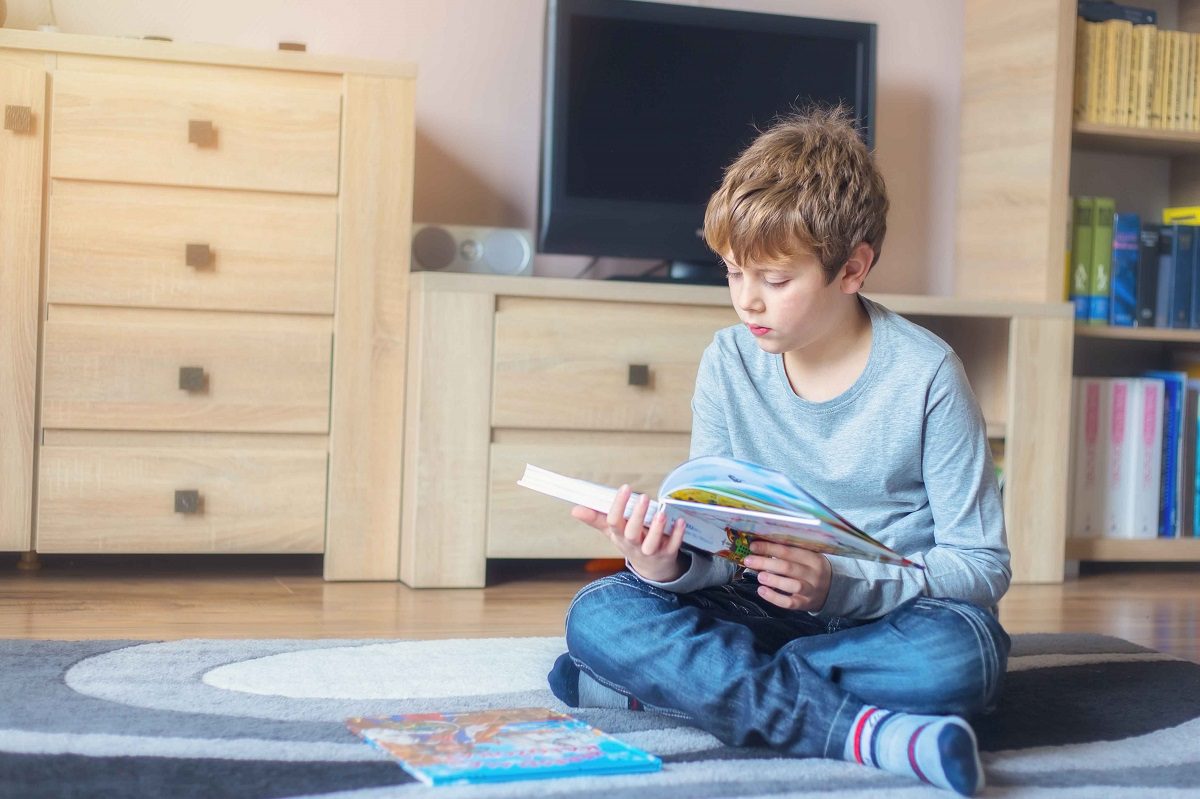
Escape to boarding school
From the school stories of Angela Brazil (1906–1946); the Billy Bunter series by Charles Hamilton, writing as Frank Richards (1908–1940); Enid Blyton’s Malory Towers (1946–1951) and St Clare’s (1941–1945) series; Anne Digby’s Trebizon series (1978–1994); and, of course, the more recent success of J.K. Rowling’s Harry Potter series (1997–2007), the boarding school narrative has long enjoyed popularity with young readers.
The boarding school appears to function as a wish fulfilment for many children, allowing them to imagine being temporarily free from the strictures of parental supervision without having to confront that most frightening of prospects – parental death and orphanhood.
Mothers are sacrosanct, but stepmothers - obviously they're evil
While all readers, children and adults alike, are familiar with the stock character of the wicked stepmother from fairy tales like Snow White, Rapunzel and Cinderella (not to mention their Disney adaptations), there are few genuinely cruel natal mothers in children’s literature.
In our book, Claudia Schwabe explains in her essay ‘Where Are They Now? Manifestations of (Monstrous) Mothers in Fairy Tales’, when Jacob and Wilhelm Grimm set about collecting their now canonical German fairy tales in the early nineteenth century, they silently excised any ‘bad’ mothers, replacing them with cruel, scheming and even murderous stepmothers to preserve what she terms the ’sanctity of motherhood’.
While mothers may be incompetent, incapacitated, or inattentive, a truly wicked natal mother is, it seems, a taboo too far (even Mrs Wormwood in Roald Dahl’s Matilda is stupid, selfish and uncaring rather than actively malevolent and Mary’s cruel mother in Jacqueline Wilson’s The Diamond Girls is revealed to be suffering from an undiagnosed mental illness).
The expanding notion of family, reflected back on us
In her seminal 1990 article ‘Mirrors, Windows, and Sliding Glass Doors’, Rudine Sims Bishop suggested that children’s books may function either as ‘mirrors’, allowing readers to see their own lives reflected, or ‘windows’, affording them a view of a reality different from their own.
For many decades, only a narrow range of familial experiences was ‘reflected’ in children’s literature, denying many children the affirming experience of seeing families just like theirs.
The romanticised and socially valorised ‘ideal’ of the heteronormative nuclear family certainly still persists, as suggested by the ‘happily ever after’ of the Twilight novels and the Epilogue of the Harry Potter series.
But, as the academics and practitioners who contributed to our book make clear, modern authors and readers alike are more open to different ideas of what makes a family.
About the authors
This is an edited extract from Family in Children’s and Young Adult Literature, edited by Dr Eleanor Spencer-Regan and Dr Jade Dillon Craig, published by Routledge Literature.
Dr Eleanor Spencer-Regan is Principal, Janet Clarke Hall; Honorary Senior Fellow, School of Culture and Communication, Faculty of Arts, University of Melbourne.
Dr Jade Dillon Craig is Associate Professor, Children’s Literature, Department of Teacher Education, Norwegian University of Science and Technology.
This article was first published on Pursuit and is republished here under the terms of the Creative Commons licence. You can read the original article.
Mog’s Christmas image courtesy Channel 4.
Stay up to date with our newsletter here